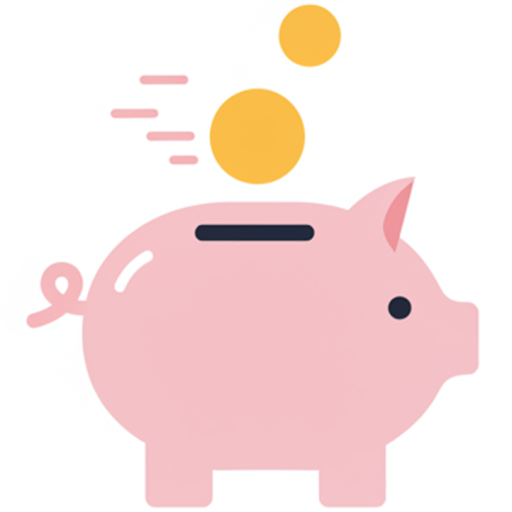Understanding Debt
Debt gets a bad rap, and rightly so, but not all debt is created equal.
Some debt can actually be an investment in your future, while other types can quickly spiral out of control.
It’s about knowing the difference and making informed choices.
The Money Part: Distinguishing Between Good and Bad Debt
- Good Debt: This type of debt has the potential to increase your net worth or generate income. Examples include mortgages and student loans.
- Bad Debt: This type of debt is used for non-essential purchases and has high interest rates. Examples include credit card debt and payday loans.
Understanding the difference between good and bad debt helps you make responsible borrowing decisions.
The Real Life Part: The Weight of Debt
The weight of bad debt can feel overwhelming.
It’s the constant worry about making payments, the stress of high interest rates, and the feeling of being trapped.
On the other hand, good debt can bring a sense of hope and opportunity.
It’s the feeling of investing in your future, whether it’s buying a home or getting an education.
- Stress and Anxiety: Bad debt can lead to significant emotional distress.
- Opportunity and Growth: Good debt can open doors to new possibilities.
- Financial Burden: High-interest debt can create a cycle of financial hardship.
Knowing how to manage debt can significantly impact your financial well-being.
Tips:
- Prioritise Debt Repayment: Focus on paying down high-interest debt first.
- Create a Debt Repayment Plan: Develop a plan to tackle your debt systematically.
- Avoid Unnecessary Debt: Think carefully before taking on new debt.
- Seek Advice: If you’re struggling with debt, seek help from a debt advice charity.
Managing debt responsibly is a crucial part of financial health.

Leave a Reply